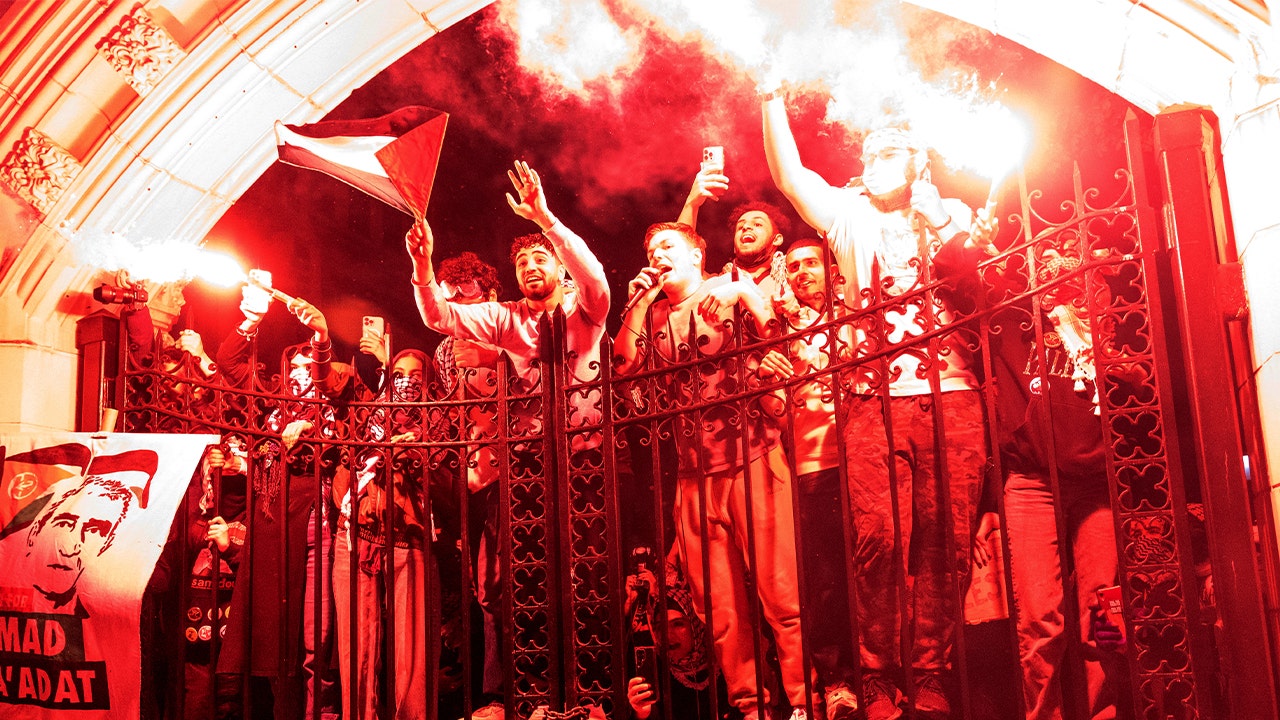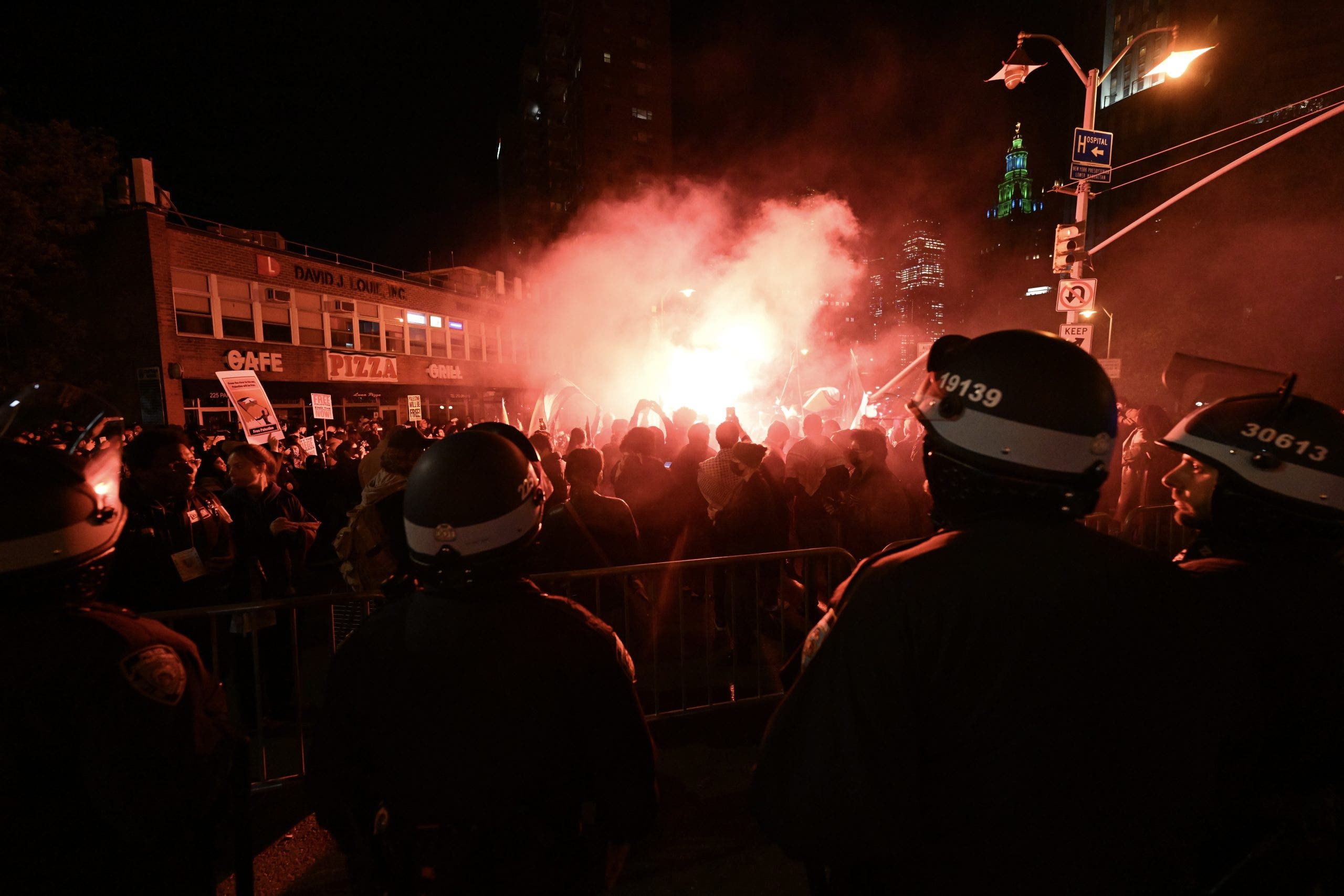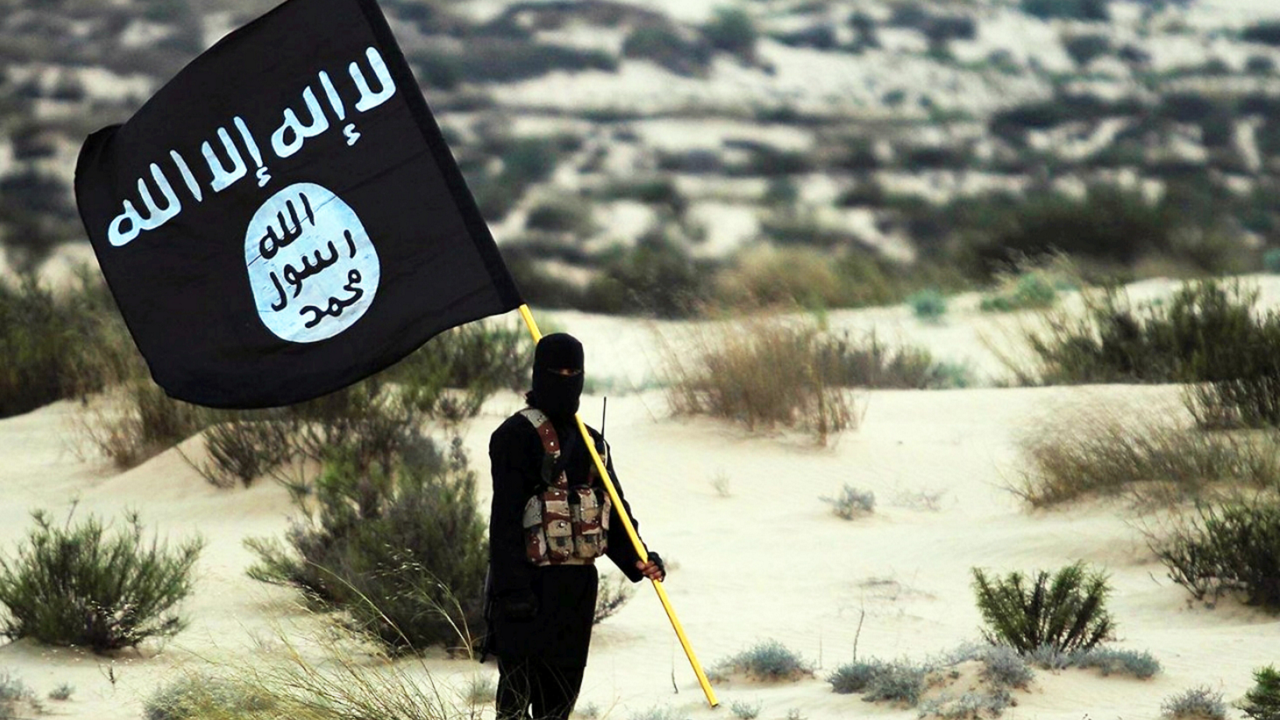Members of the high school graduating class of 1974 in Moore, Okla., had taken their seats in the football stadium under darkening skies.
The class president welcomed the crowd. Then the principal, looking out at the clouds, declared all the students graduates and told those in attendance to find shelter immediately.
“The sky turned pea green, horrible clouds rolled in, and sirens started going off,” said Nuala Murray South, one of the graduates.
Sterling Crim, another graduate, grabbed the hand of his girlfriend, LeAnn Boyd, and dragged her under the bleachers next to the brick wall of a concession stand.
The tornado never materialized, touching down instead west of Moore. But the day — and the rite — were ruined.
The graduates were soaked, their clothing stained by blue paper caps. They unceremoniously picked up their diplomas from the high school later. But long after going off to college, starting careers and families, many harbored a hope that they would eventually cross the stage.
Ms. South, Mr. Crim and about 200 of their fellow classmates or relatives of those who died got a commencement redo on Saturday.
The weather in Moore on Saturday was hot and sunny, with a slight risk of thunderstorms, but dangerous spring weather is part of life in Moore, which is about 15 minutes south of Oklahoma City.
Oklahoma experiences, on average, more than 57 tornadoes each year, according to the National Weather Service.
“Traditionally, we’re one of the more tornado-prone areas of the country and really the world,” said Nolan Meister, a meteorologist at the Weather Service office in Norman, Okla.
Mr. Meister said that the science of forecasting tornadoes “gets better every year,” but the timing and strength remain difficult to predict.
A monster tornado tore through surrounding Cleveland County, where Moore is, in May 2013, rolling 10-ton storage tanks, flipping cars and leveling schools. The storm ultimately killed 91 people, including 20 children.
Plaza Towers Elementary School in Moore was reduced to a pile of twisted metal and toppled walls. Seven children were killed when a wall collapsed.
A National Oceanic and Atmospheric Administration report said that the devastating tornado, a Category 5 on the Enhanced Fujita scale, which measures tornado strength on a scale of 0 to 5, was among an outbreak of several distinct tornadoes that crossed the state that day.
Moore was also the scene of another huge tornado in May 1999, when winds reached speeds of 302 miles per hour. In 85 minutes, 36 people were killed, and thousands of homes were destroyed.
The Moore Public School District has been finding ways to make good for students who have missed their rite of passage, hosting a belated ceremony for students whose commencement was canceled because of the coronavirus pandemic, and memorializing the seven victims of the 2013 tornado at the commencement ceremony in 2022, when they would have graduated.
The desire for a commencement ceremony had become a running theme at alumni reunions for the Moore High School class of 1974. The former classmates debated the idea on social media, with someone suggesting a mock ceremony at a Holiday Inn; others found the idea hokey.
Finally, last year, a former student, Mike Wilson, who works as a sports announcer at Moore High School, broached the school administration with the idea of a commencement timed with the class’s 50th reunion.
“The older you get, you just look back and think you’ve missed out on something,” Mr. Wilson said, adding that the administration was quick to offer a full ceremony in the high school auditorium, complete with a processional to the music of Edward Elgar’s “Pomp and Circumstance” march and crossing the stage for their diplomas.
“We weren’t going to tell them no,” said the principal, Rachel Stark, who graduated from the school in 1988. “We wanted to give them a chance to walk.”
The class president, Bob Baker, and salutatorian, Phyliss Marical Clark, even gave the speeches they had written in 1974, adding a few contemporary remarks.
For Mr. Crim, the ceremony on Saturday was especially poignant.
After the foiled commencement exercise in 1974, he and Ms. Boyd moved to San Antonio, Texas, for college. They settled there, married and started a family.
It became a joke among the couple’s grandchildren that the two never graduated.






